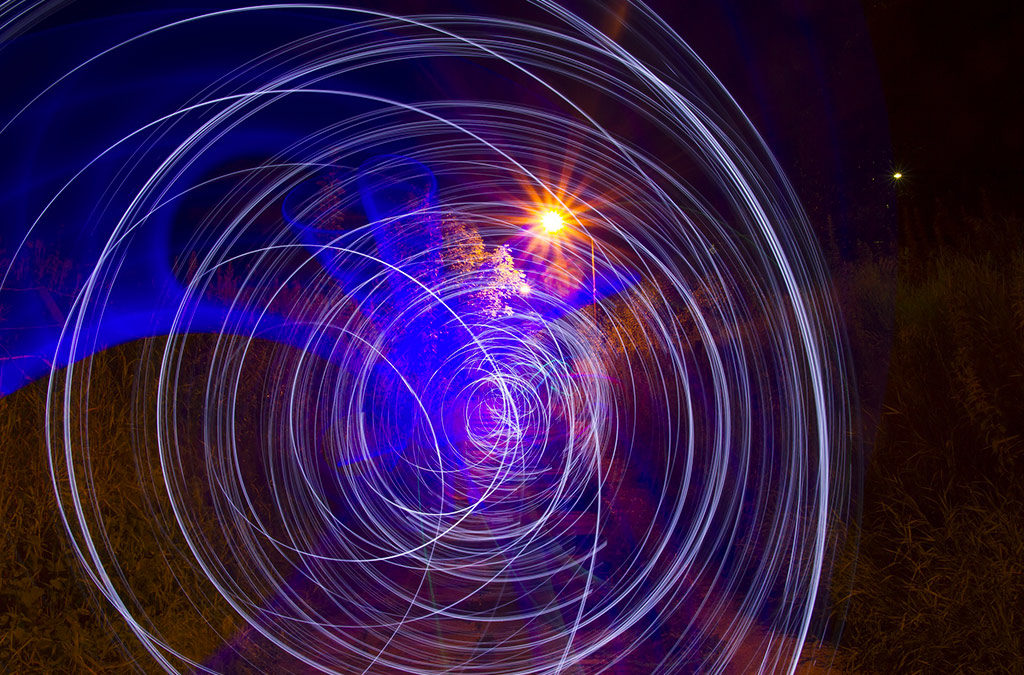The Fascial Manipulation Method is a cycle of articles dedicated to the understanding of themost common dysfunctions we meet during our clinical practice, specifically theirmanifestation and treatment with Fascial Manipulation. FM specialists report clinical cases,accurately describing their symptomatology, the chosen work plan and the resultsobtained, thanks to the treatment. For privacy reasons, the names of the patients have been changed.
A 41 years old woman came to the clinic for pain in her left upper limb. She works mostly standing and goes to the gym regularly.
She reported left brachialgia for 2 years, which began after a trauma, with an average pain of 4/10 on NRS scale but with peaks up to 9/10 NRS. In particular, the pain occurred in the morning or during lifting.
When the pain worsened, it could also radiate to the neck. The arm was also slightly edematous.
From the remote anamnesis, a scheduled caesarean section emerged, which progressed without complications, and a fracture of the lateral malleolus dating back to 30 years before (she did not remember which side).
Since the symptoms were always present and chronic, specific questions were asked regarding the systems that can compensate in the upper limb, such as the respiratory system. In the first three years of life, she was hospitalized several times for recurrent pneumonia and bronchitis, and so a viscero-somatic compensation that developed over the years was hypothesized.
The movement verification revealed a painful limitation in the movements of flexion, adduction and internal rotation of the left shoulder and painful limitation of the neck, especially in the right lateral region.
Since the swelling was mild and of more recent onset, the hypothesis was that the entire visceral sequence was not yet completely involved, for which a palpation assessment of the respiratory system could be sufficient.
In the palpation of the trunk catenaries, the most densified points were right an-me-cl and left an-me-th2 (the worst). In the control catenaries, the most densified point was only left ir-cp2.
It was decided to treat the antero-posterior catenary, extending the palpation also to the pivots (an-me-sc and an-me-hu).
The an-me-sc2 points were found to be densified bilaterally, while an-me-hu was found altered only on the left. The distal tensor an-me-ca, however, was not very densified. The treatment was performed at the following points: an-me-sc2 left, an-me-hu left, an-me-sc 1. After manipulation of these points, the patient reported a decrease of more than half of the pain at rest and improved mobility of the shoulder and neck. To improve the result, the patient was asked to lie prone and the palpation was extended longitudinally along the re-me line, finding re-me-hu as the stiffest point. After manipulation, the movement of the shoulder was completely pain-free and there was no longer any pain at rest. The patient later reported feeling a heavy head, so palpation was extended to the head and neck, finding the left re-me-cl point very stiff. After treating it, the patient immediately reported a feeling of lightness in her head, with no further symptoms.

